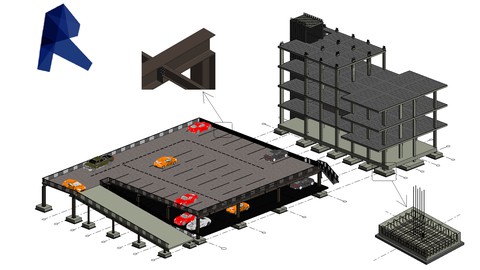VSD - Signal Integrity
Loại khoá học: Design Tools
VLSI - Real and practical steps to build chip with minimum Signal Integrity issues!!
Mô tả
Performance, Power and Area are the three main pillars of the Chip Design, Crosstalk can hamper all three.
Crosstalk is the interference caused due to communication between the circuits
Lets learn to " HOW TO REDUCE CROSSTALK ? " to achieve a efficient Chip design which give the best performance, uses optimal power and in minimal Chip area.
Course Details:
•Reasons for Crosstalk
•Introduction to Noise Margin
•Crosstalk Glitch Example
•Factors Affecting Glitch Height
•AC Noise Margin
•Timing Window Concepts
•Impact of Crosstalk on Setup and Hold Timing
•Techniques to reduce Crosstalk
•Power Supply Noise
Bạn sẽ học được gì
To Learn Chip Design with minimal Crosstalk in the circuits.
To Design a Chip with minimal errors.
Yêu cầu
- Basic of VLSI and Chip Design
Nội dung khoá học
Viết Bình Luận
Khoá học liên quan

Đăng ký get khoá học Udemy - Unica - Gitiho giá chỉ 50k!
Get khoá học giá rẻ ngay trước khi bị fix.


















Đánh giá của học viên
Bình luận khách hàng